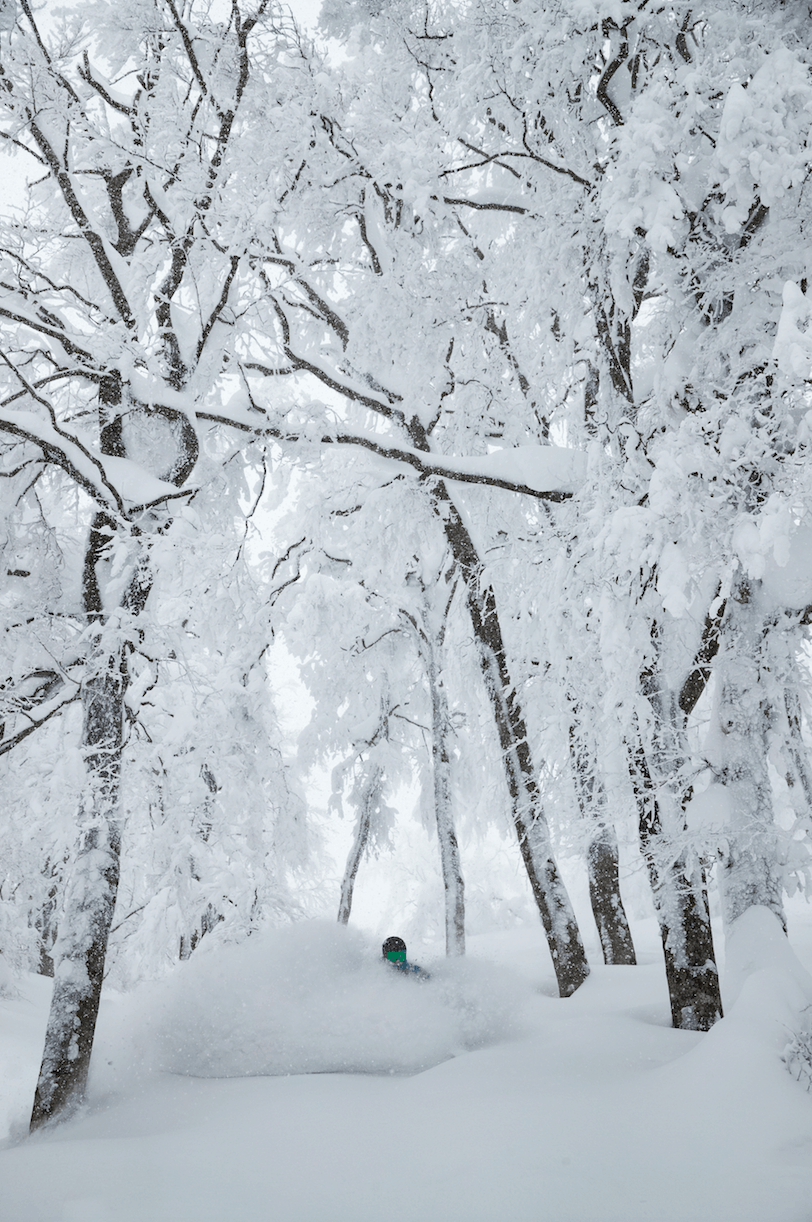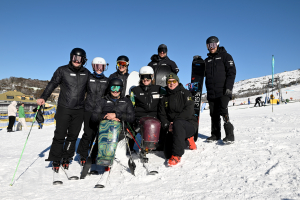Australia – Japan Travel Bubble Announcement! Our updated Comprehensive Guide for International Travel?
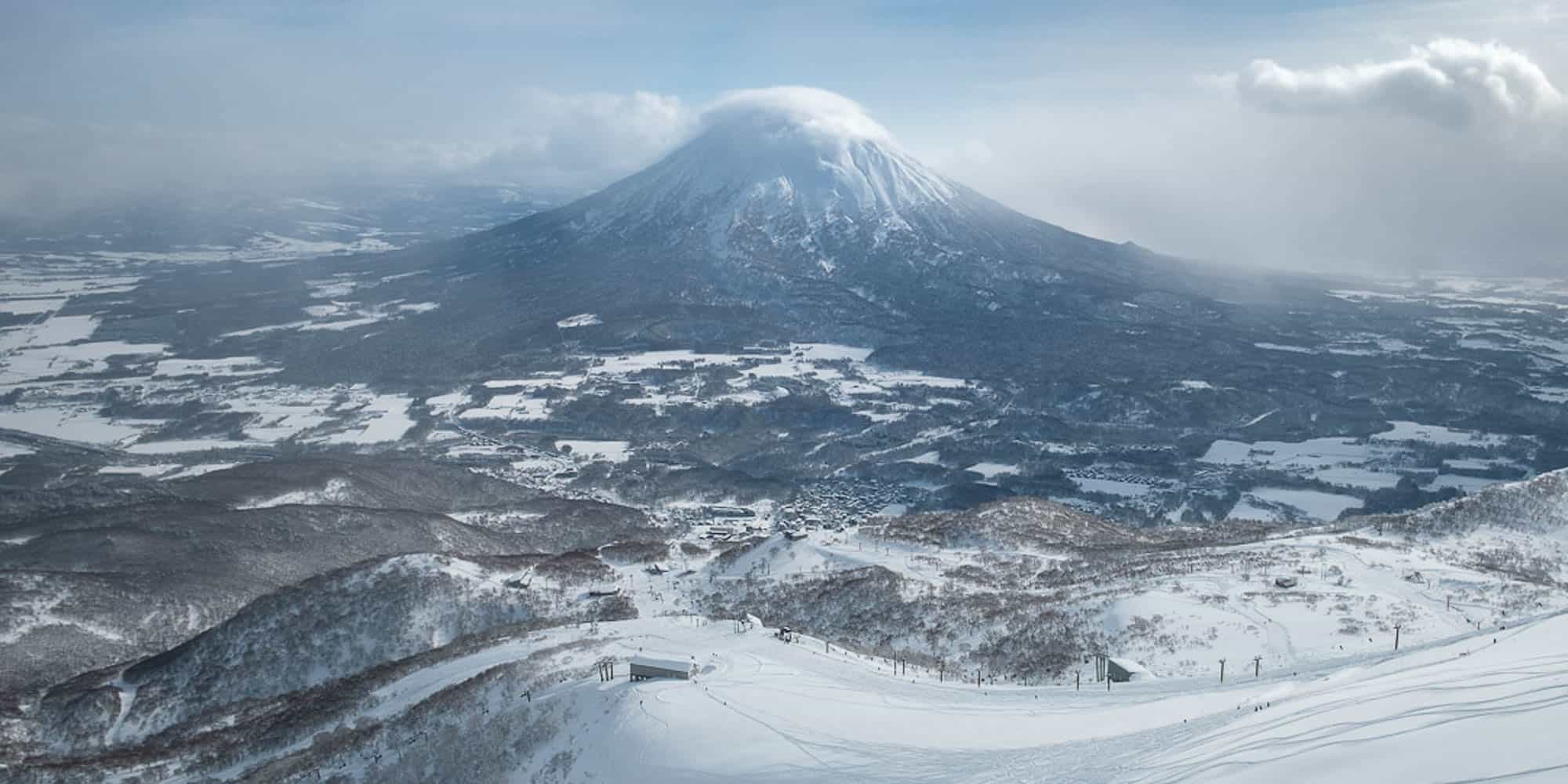
Mountainwatch | Annabel Herbison
These days it’s not as easy as grabbing your ski or snowboard bag, buying a cheap plane ticket and jetting off into the unknown. Without searching for it, we’ve all ended up in a different kind of unknown. Where can we go? When can we go? What are the rules? There’s a lot of information, and misinformation out there, and for those of us that are itching to travel it can be overwhelming navigating the noise.
We’ve done our research, and although we don’t have all the answers, we’ve put together a comprehensive guide with the facts to give you some clarity on the state of international border reopenings, vaccine rollouts and bubbles (the travel, not Champagne kind) to help you make informed decisions when planning your next big adventure.
When can I travel overseas?
Australian citizens and permanent residents aged 12 and over who have received two doses of an approved or recognised vaccine are now able to leave Australia without needing a travel exemption. As long as travellers can show proof of their vaccine, and a negative PCR Covid-19 test taken 72 hours before they leave the country, there are no restrictions on where they can travel.
However, all travellers will need to take into consideration the border settings of their destination of choice, flight availability and any rules set out by the federal and state governments upon return (see more below).
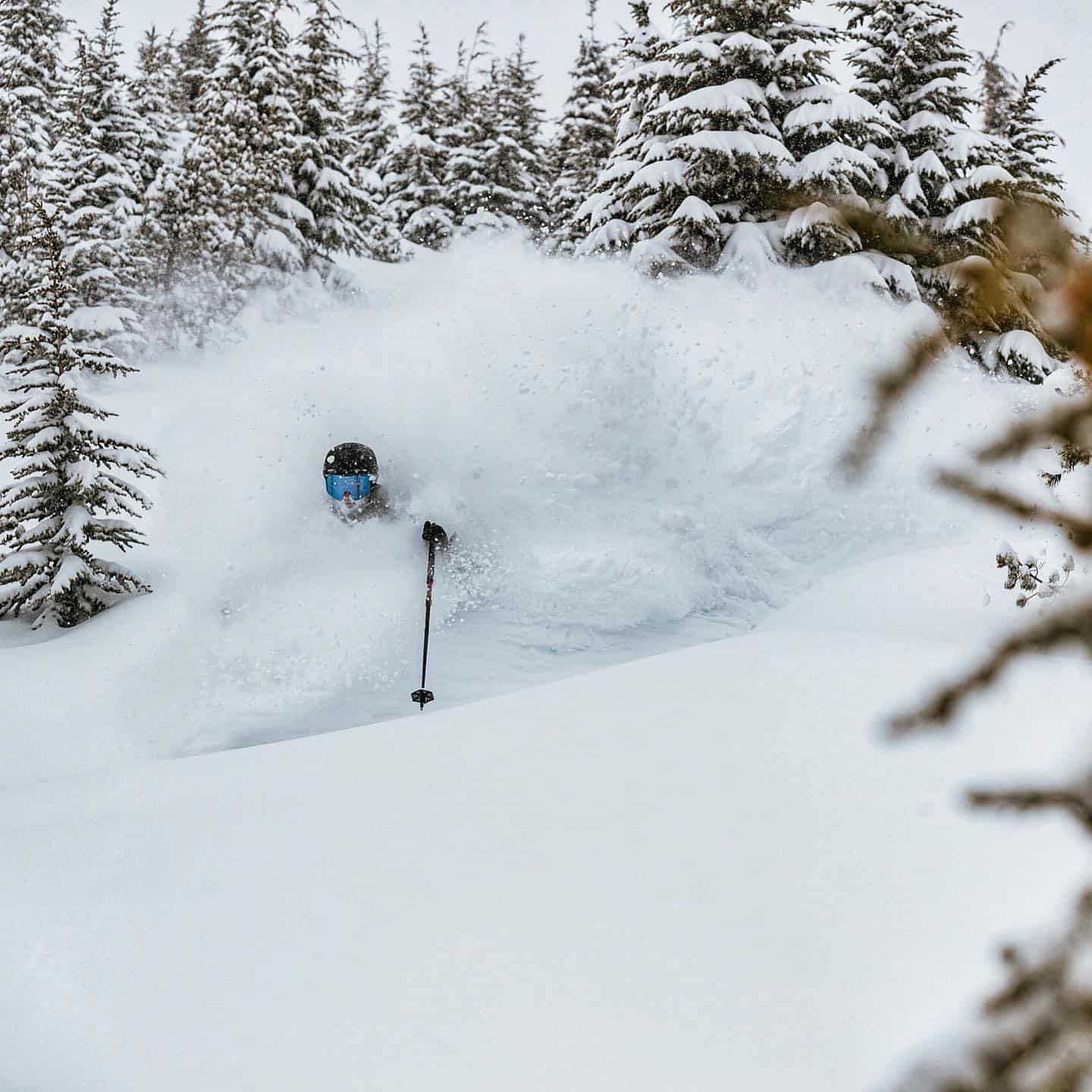
Where can we go?
Qantas flights between Sydney, Los Angeles and London resumed on November 1, with routes to Singapore, Vancouver and Delhi set to commence later this month. From the beginning to mid December, flights will resume from Sydney to COVID-safe destinations pending the entry policies of other countries – at this stage Qantas has announced flights to Tokyo, Johannesburg and Bangkok.
Flights between Melbourne, London, Delhi and Singapore will resume this month, with Los Angeles set to resume in December.
Vaccinated Australians will not face “red lane” restrictions seen overseas, which ban travel to certain countries and instead Prime Minister Scott Morrison and the Australian Government have set up “green lane”
(quarantine-free travel bubbles) with countries like Singapore and have recently announced Japan and South Korea are up next.
We have summarised everything we know about the countries that are already open, or are most likely to have a travel bubble open in time for the upcoming ski and mountain biking seasons below.
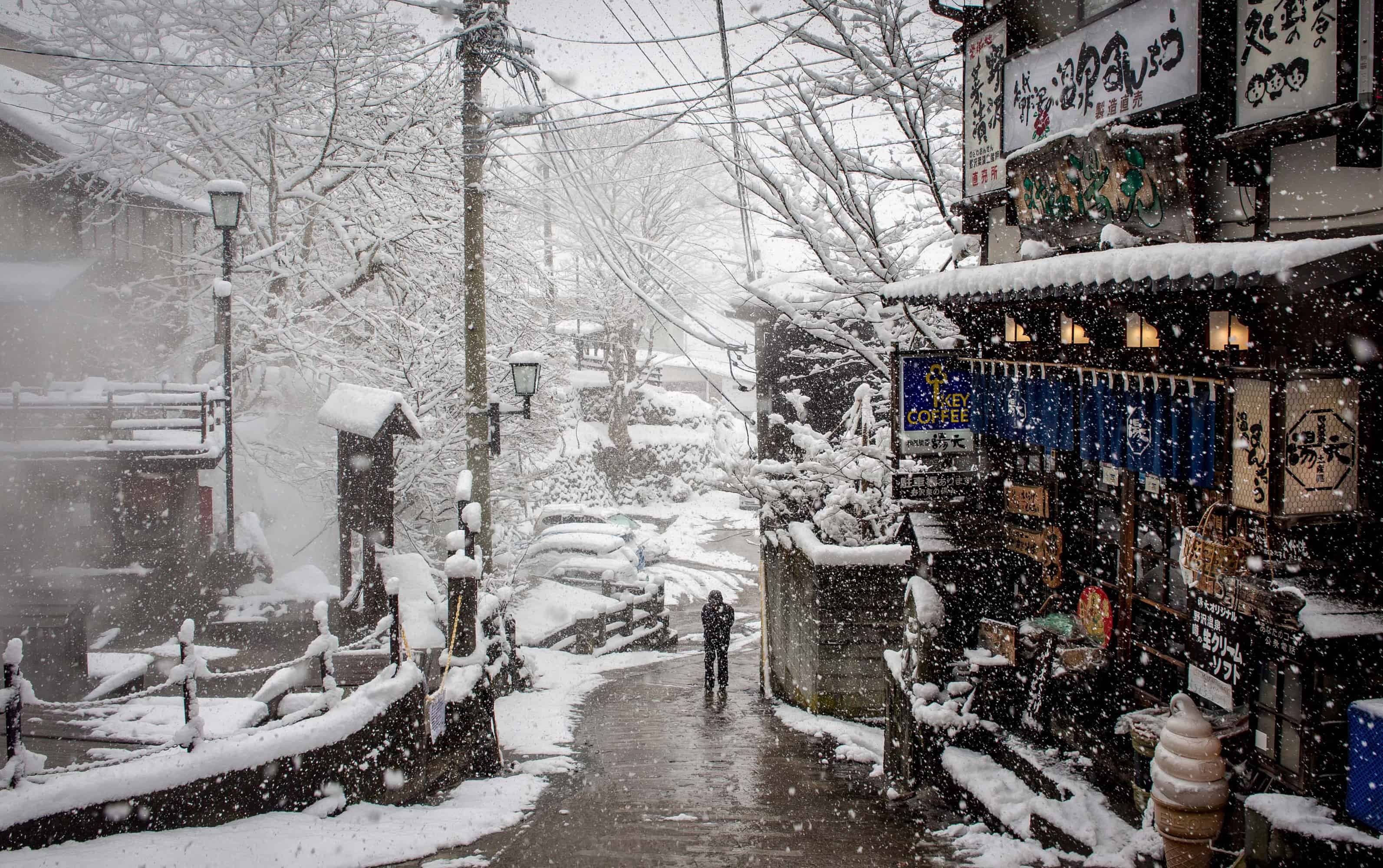
Japan
On November 11, Prime Minister Scott Morrison announced that quarantine-free travel will soon be on the cards for both Japan and Korea – following the successful set-up of the Singapore travel bubble. Morrison said the travel bubble arrangements are to be finalised within the coming weeks.
“Singapore opens up on the 21st of November, and I think we’ll move fairly quickly beyond that into Korea and Japan, and before the end of the year I hope we’re opening up even more,” he told the Victorian Chamber of Commerce and Industry.
This follows Japan’s recent reduction of quarantine for foreign business travellers, from 10 days down to three – a positive step towards reopening the borders. The country’s vaccination rollout is also moving at rapid pace, with 75 percent of the population having been fully vaccinated and a goal of completing inoculations for all willing residents by the end of November (and talks of rolling out third booster shots by the end of the year).
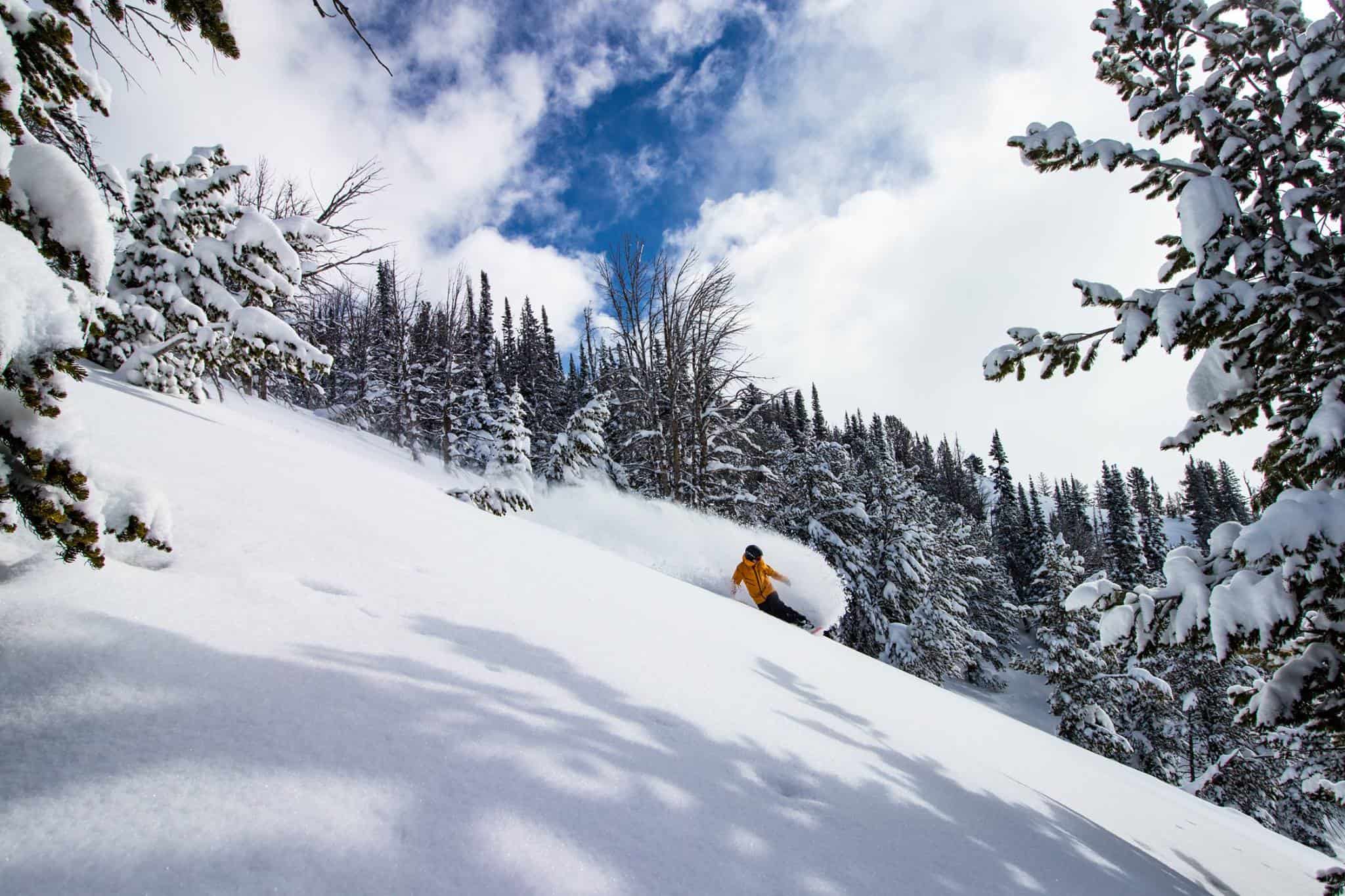
USA
The U.S. borders are open to Australian and New Zealand citizens wanting to travel to the country. All air passengers arriving to the U.S. from a foreign country are to get tested no more than three days before the flight departs and must present the negative result, or documentation of having recovered from Covid-19 to the airline before boarding. From November vaccination for all foreign nationals will be a mandatory requirement to enter the country.
The pace of vaccination in the U.S. has been steady recently, with around 1.01 million doses a day. 59 percent of the population has now been double-vaccinated, that’s over two-thirds of American adults (numbers vary from state to state). If you are looking into a ski holiday, take note of Vail Resorts’ Indoor Safety Protocols for the 2021-22 Season, requiring vaccination for all employees and for guests to dine indoors.
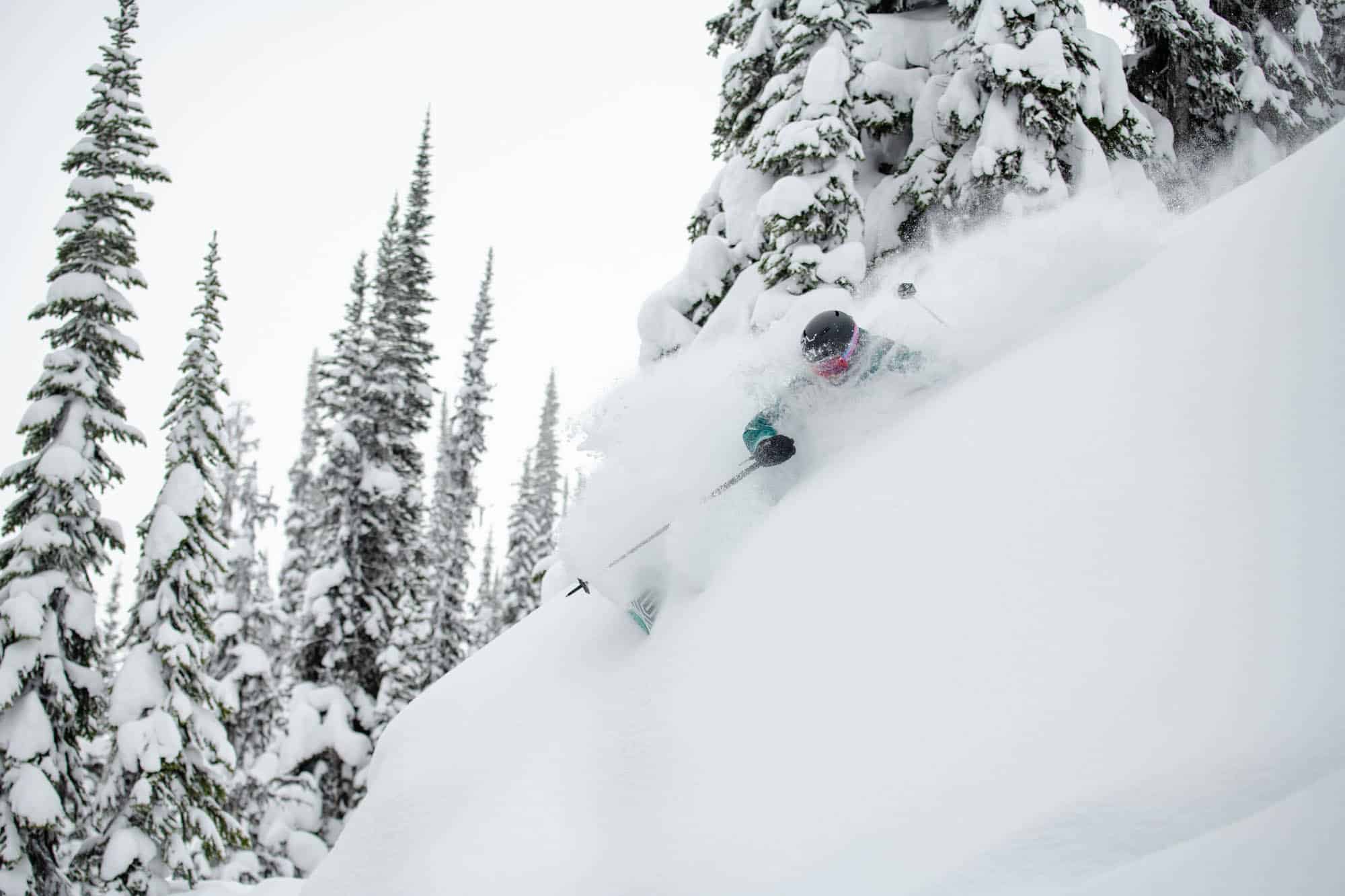
Canada
Fully vaccinated foreign nationals are now able to travel to Canada without quarantine. Before travelling, a Covid-19 test must be taken up to 72 hours before arrival (rapid tests are not accepted), and mandatory information and proof of vaccination must be provided. You may be randomly selected for mandatory testing on arrival, so you must have a quarantine plan in case you are symptomatic or test positive on your arrival test.
To make departing Canada easier, resorts like Banff are beginning to open PCR Covid-19 testing facilities for international visitors – enabling a
pre-departure PCR tests to be completed in resort with ease.
New Zealand
While the official Trans-Tasman Bubble between New Zealand and Australia is currently on pause until November 19, Australia has reintroduced a one-way bubble from New Zealand to NSW and Victoria. A positive step towards the reintroduction of a two-way bubble, and one that will see Kiwis allowed to enter Australia with no quarantine period.
National airline carrier Air New Zealand CEO Greg Foran recently stated he believes travel between Australia and New Zealand could resume in November. However, he noted that the unrestricted travel bubble that operated from April to July would not return – meaning pre-departure tests and proof of vaccination would likely be required. However, Australian Prime Minister Scott Morrison has said the government will work towards completely quarantine-free travel for certain countries, such as New Zealand, when it is safe to do so.
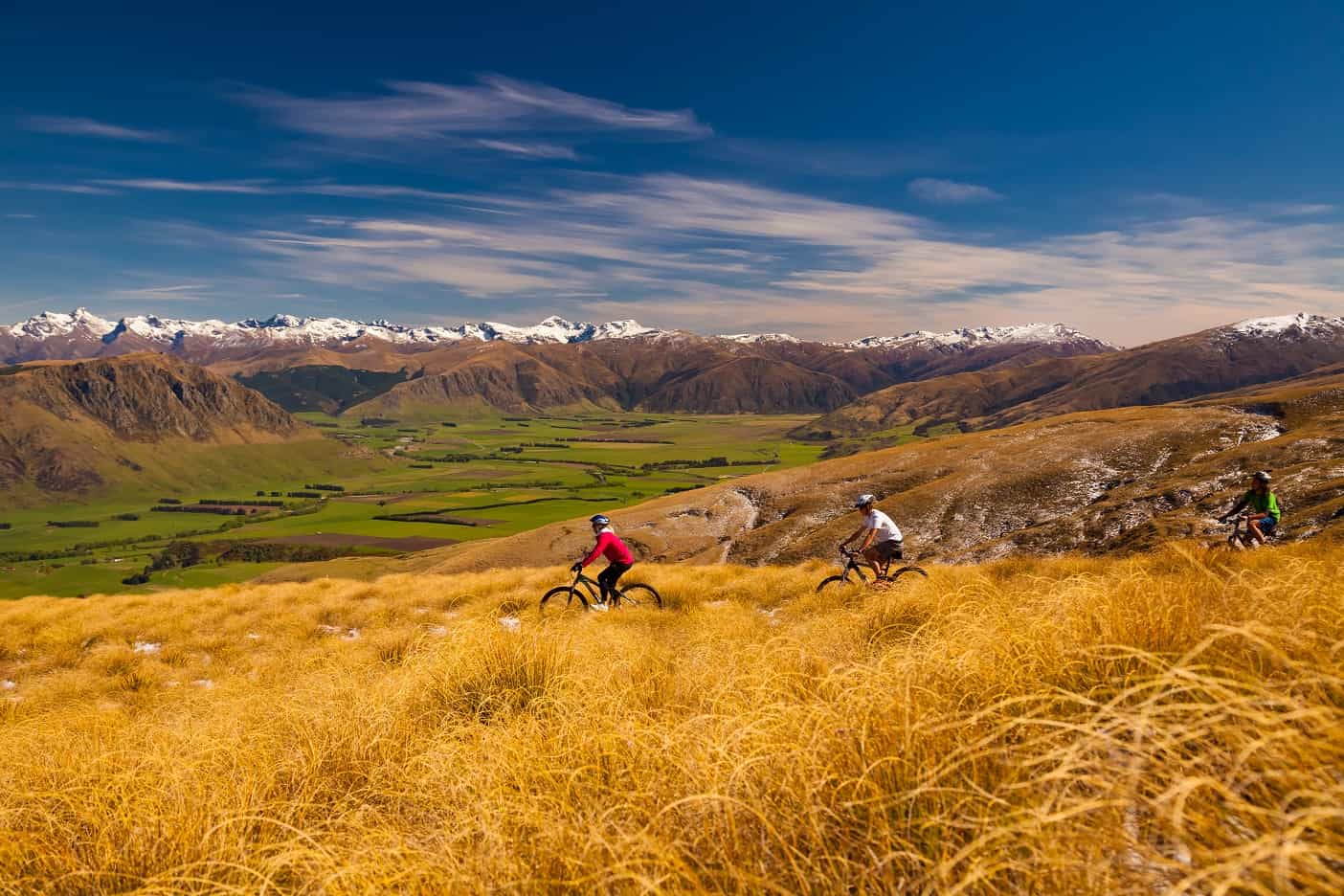
What are the quarantine requirements when I return?
For overseas travellers returning to NSW, Victoria and ACT, quarantine is no longer necessary – the only requirement is that travellers provide proof of a negative Covid-19 test 72 hours prior to departure.
Other states are waiting for vaccination rates to edge closer to the 80% double-vaccination target before quarantine is lifted. Tasmania is set to remove quarantine on December 15, while states like South Australia and Queensland are both waiting for a 90 percent vaxx rate before quarantine is lifted altogether.
The Northern Territory will remove quarantine in “high vaccination zones” in the state from January 18, 2022, while Western Australia is yet to reveal its reopening plan.
Will I need a Vaccine passport?
To travel internationally you will be required to show your International
Covid-19 Vaccination Certificate (ICVC) at check-in when departing Australia. Australian citizens and permanent residents can apply for an ICVC on the myGov website and it will be supplied in PDF format for printing or electronic storage on any device.
